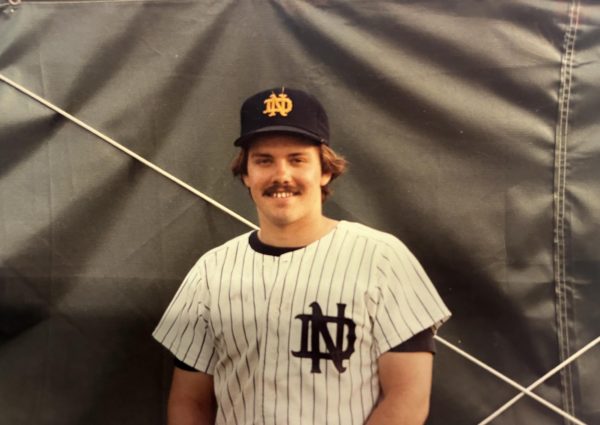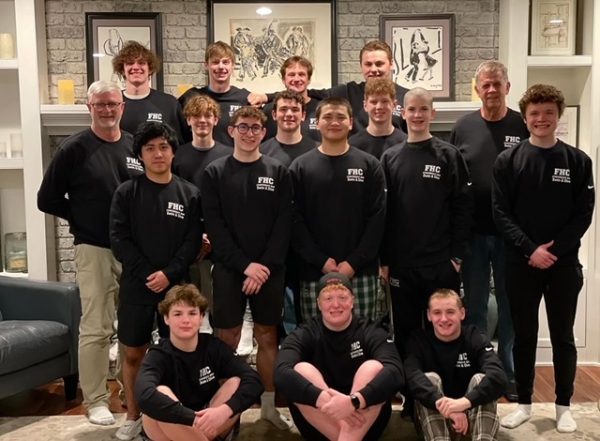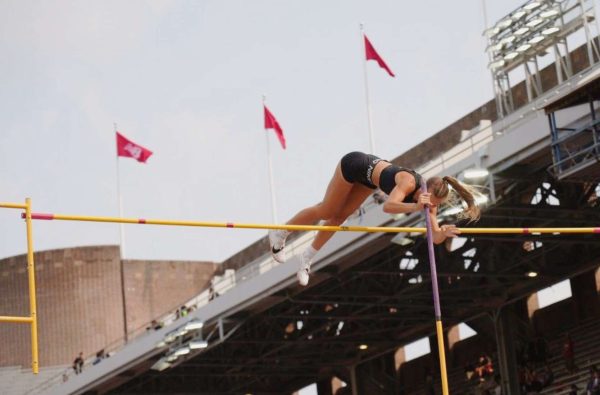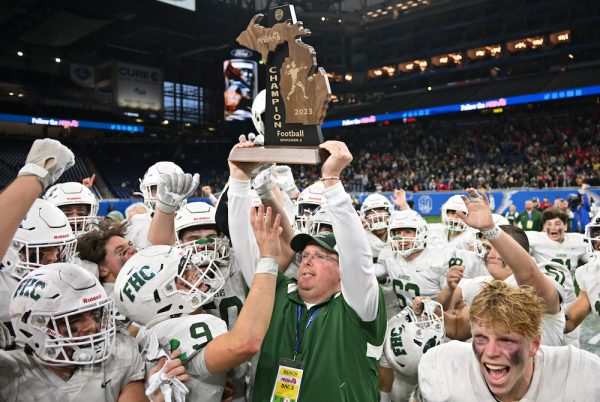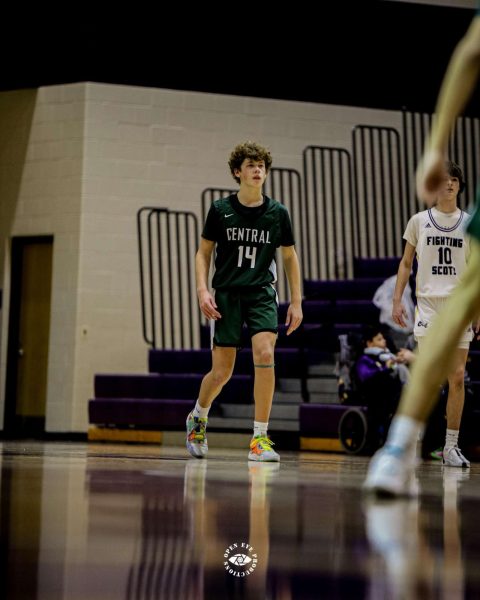The NIL is taking the nation by storm

As a widely known high school with athletes of every skill level, it isn’t uncommon for our Ranger athletes to be scouted in their junior and senior years. With all of the hype around being the best of the best, becoming a collegiate athlete has grown in popularity as an important step to getting yourself out there if you are considering trying to go to that next level in athletics. It’s also an opportunity to represent your favorite collegiate team as a player that many have been dreaming about since they were little. With this in mind, a new concept has grown for college athletes that makes it not only more appealing for them to gain in popularity but also in finances too.
The NIL, otherwise known as Name, Image, and Likeness, concept is a program in which college athletes can now endorse products and brands as well as get paid to do so in some cases. The NCAA previously stated that it would not pass this act for athletes as a way to stay fair on the college level since these athletes were not in the professional world, but also as a way not to distract from what they were at college to primarily do: learn. This all became history though when in June of 2021, the Supreme Court unanimously voted to overturn this law in the case of NCAA vs Alston when the court said it wasn’t legally justified for colleges to have the opportunity to interfere with any education-related payments made to students outside of the school. This was an enormous game-changer for the college platform and has put a new light on our collegiate sports.
“I think the whole idea of college athletes being paid for the NIL is good for the sport, but as of recently, it has changed the whole outlook of college sports,” the GRCC Raider’s The Collegiate Live editor-in-chief Pierson VanGorp said. “There are bidding wars for the top recruits in the country so the schools with money normally land the recruit. The whole landscape of college sports has somewhat turned professional with the way it is influenced by money.”
Money is a huge factor in the NIL as it not only helps athletes’ pockets but also gives the NCAA more money through a growing amount of support which also puts money into the association. Something many do not realize about the NIL though is that along with this exposure and money to the athletes, colleges are getting to add to their fan bases and connections as well.
“Some franchises, like the University of Michigan or Ohio State, are lucky enough to already have a past history of success, making them bigger markets for endorsements to come into because the companies that sponsor the endorsements always want to put their money into successful programs,” former FHC Ranger Mac Boike said. “This is also a very successful tactic for schools like the University of Miami and UCLA since they are located in big cities and big marketing stations located throughout the city.”
The additional exposure and opportunities for these big universities have been enormous thanks to this act, but for smaller universities, this hasn’t been much of an improvement in scouting or networking due to lack of exposure in the first place. Although this is unfortunate, the benefits for those who can get their athletes in the media have been plentiful.
“Unfortunately, that does mean smaller schools can suffer because they do not get the same exposure as bigger schools, but bigger schools can now help their athletes make money while in college because of the advertising they redeem while playing for the university,” Mac said.
There is no doubt that the NIL is an exciting new appeal to the college sports platform, and only time will tell how it grows over the next few years. From endorsements to credit unions or sports drink advertisements, the NIL is taking the U.S. by storm, and it will take a lot to stop it.

Serena Thiede is a senior going into her second and final year on the Sports Report as Editor-in-Chief. Serena golfs, skis, and does track and field for...



